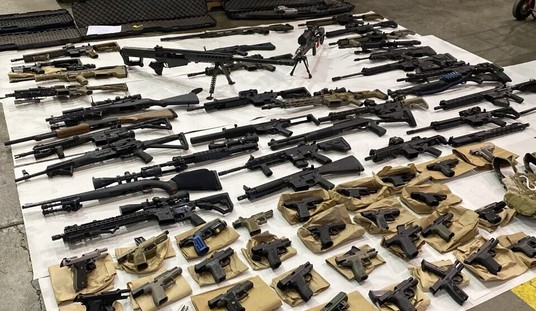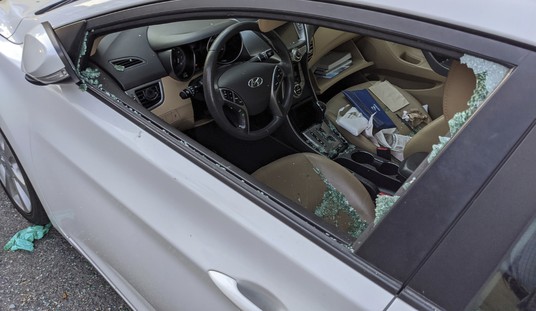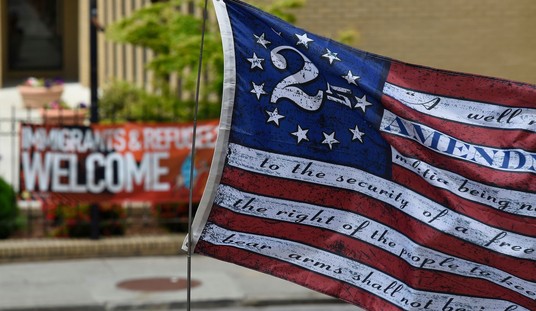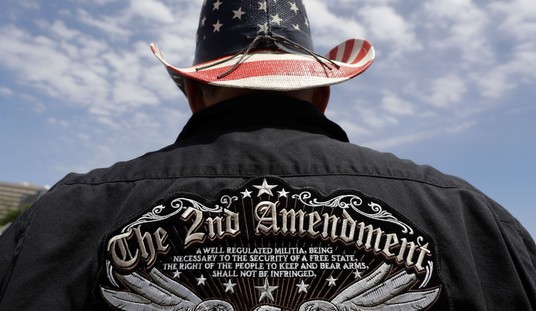“The wise learn many things from their enemies.”
Aristophanes (c. 446 BC – c. 386 BC)
Sergeant Harley Tidrick lay prone on his bedroll. He was looking out the front opening of his government issued pup tent. The view as far as he could see consisted of a desolate wasteland with sparse vegetation. The foliage was primarily mangled trees and clumps of scrub pine. Here and there he could see some of the other tents of his squad and platoon scattered in the dreary wilderness. The usually parched and barren land was laced with random dirt roads, paths no wider than a walking trail and the occasional streambed now swollen with rushing water. Although it was the dry season, it had rained mercilessly for the last few days turning the omnipresent red clay into thick gooey muck. Harley shared the tent with Corporal Wally Carter, his assistant squad leader for the 1st Squad, 2nd Platoon, Able Company, 116th Infantry Regiment of the 29th Infantry Division.
Harley eyed the rolling hills on the distant horizon that bounded this forlorn tract of land known to the United States Army as the Carolina Maneuver Area. The division had only been there for a few weeks but already the land was taking its toll. The brass was conducting large-scale maneuvers involving three army corps to prove the best way to combat the German Panzers, or armored tanks, was with mobile anti-tank units and not with other tanks. The Germans, on the other hand, had already discovered that the best anti-tank weapon was another tank. Unfortunately, the Soviet T-34, proved to be the best tank on the battlefield. The Panzers took horrific losses outside Moscow in December 1941 and in the subsequent Soviet winter counteroffensive in early 1942. The German High Command responded by producing an up-armored and up-gunned forty-five ton Panzer Mark V, with the long-barreled .75-millimeter high velocity gun. This was the weapon the Germans hoped could contend with the T-34. This was the tank the United States Army designed its “tank destroyer” tactics to defeat.
American tank designers in the United States Army Ordnance Department had nothing on the drawing boards to match either of the best Soviet or German tanks. The army was already committed to the M4 Sherman as its main battle tank and full-scale production began in February 1942. It was a medium tank of thirty tons and fielded a short-barreled .75-millimeter medium velocity gun. Though every expert agreed the Sherman would be at a tremendous disadvantage in a tank duel with any modern German tank, the decision to go into full-scale production was based on two major factors. The first and most important at the time was simply that every tank built had to be shipped overseas to fight. Shipping space was already at a premium and the German U-Boats were sending hulls to the bottom at alarming rates. A medium tank takes up much less shipping space than a heavy tank and therefore more of them could be transported. That led directly into the second reason. The Sherman could be mass-produced in great quantities on American production lines. What the M4 Sherman lacked in “tank-duel” quality would have to be made up in quantity. Since it was knowingly fielding an inferior battle tank, the army was compelled to consider other methods to engage and destroy enemy tanks. The mobile tank destroyer philosophy, which employed towed or mounted artillery and unarmored heavy caliber tank destroyers built on a tank chassis, were believed to be the answer to defeating heavy armor on the battlefield. The Carolina Maneuvers of the summer of 1942 were conducted to test that theory.
The 29th Infantry Division was part of the Blue Force in these massive maneuvers. In that role they chased the tanks of Red Force throughout the Maneuver Area with heavy caliber cannons mounted on halftracks and towed artillery. It was dirty and tiring work in the rain and the red muck of the Carolinas.
Harley was beat. He rested on his elbows looking out of the tent. The few weeks that the 29th Infantry Division had been deployed in this hellhole had already taken a toll on the men. The rain did little to mitigate the oppressive heat. The daily routine of executing the required tactics of Blue Force was brutal. He was sure whatever the war-ravaged lands of North Africa or Europe could bring upon them, nothing could be worse than this.
He had just finished the letter to Jake. The U.S.O. provided stationary had printed in bold red letters on each envelope and the top of each page, “IDLE GOSSIP SINKS SHIPS”. He would read the letter once more by the fading light of the day just to make sure he didn’t leave anything out.
Dear Jake,
You probably figured out by now I won’t be joining you in that suicide outfit of yours. The old man didn’t approve my transfer. So I’m stuck here with the Stonewallers. How’s jump school? How’s Danny Boy doing? We’re not in AP Hill anymore. We’re on maneuvers somewhere in the North Carolina boonies. Let me tell you, Jake, this is a hard place on humans.
We run around all day acting as “aggressor force” and try to knock out tanks with our mobile artillery. The trucks slip and slide in the mud, get stuck and we have to hump them out. This damn red clay gets all over everything and into every crack in your body, if you know what I mean. The heat is terrible and these damn bugs, called chiggers, are all over everyone. Some of the guys got infections from the bites. And it’s hot like hell. Even after only a few weeks, blisters, cracked lips and trench foot have sent a lot of the boys to the infirmary. Those of us who are left are just plain spent. If we actually had to fight in this condition, I don’t know how we would do it. Sometimes I wonder what the brass is thinking when they expose us to this crap. Hard training is one thing but ignoring these hardships is entirely another matter. At this rate there won’t be anyone left soon. The conditions are just too hard. Which is why I think they’ll be moving us out soon. Rumor has it that we are pulling out, along with the 4th Motorized Division. Word is we’re headed for Florida, a place called Camp Blanding. It can’t happen fast enough for me. I really need a shower.
We’re all issued the new M-1 Garand semi-automatic rifle. It’s a beauty. Fires 8 rounds as fast as you can pull the trigger. Accurate too. I loved my Springfield but you can’t beat this rifle for rate of fire. A lot of the guys are having trouble loading the magazine. They get their thumb caught by the bolt going forward because they’re not inserting the dang magazine right. They call it M-1 thumb!
Hopefully, the next letter you get from me will be from Florida. Speaking of letters, I got one from Macie yesterday. She says that she wrote to you but that you haven’t written her since you left for the paratroopers. I wrote to her that you were probably very busy in jump school. I hope nothing is wrong between you two? You might want to write her and tell her so.
Harley
Harley folded the letter and stuffed it into an envelope. His eyes again fell upon the warning. “IDLE GOSSIP SINKS SHIPS”. He wondered if he had provided any sensitive information but he was too tired to reread it. Let the censor worry about it! He sealed the envelope, stuffed it in his field jacket pocket, put his head down and fell fast asleep.









Join the conversation as a VIP Member